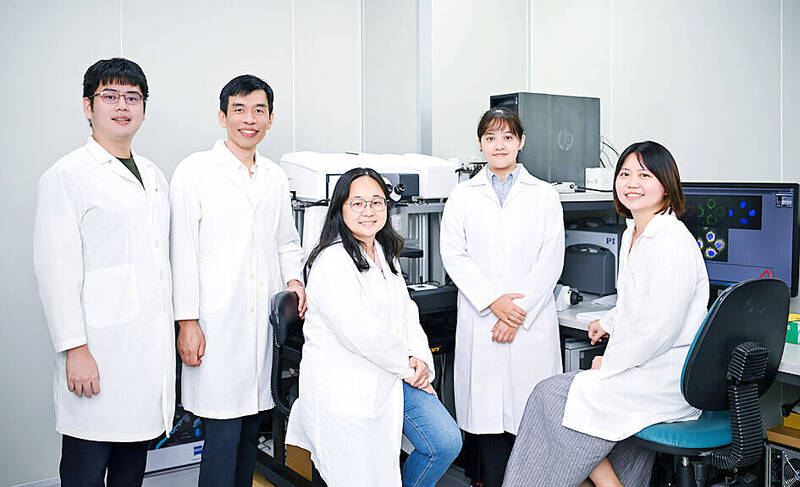Health
Taiwanese Researchers Uncover Genetic Mechanism Behind Brain Cancer

A team of researchers from National Yang Ming Chiao Tung University in Taiwan has identified a genetic mechanism that may contribute to the growth of brain tumors in children. This discovery could pave the way for more targeted therapies for medulloblastoma, the most common type of brain cancer in young patients. The university announced their findings on March 14, 2024, highlighting the potential for significant advancements in cancer treatment.
The research team found that the genes TTBK2 and HUWE1 play crucial roles in the spread of medulloblastoma. Their study utilized genetically modified mice and zebrafish, and the results were published in the journal Cell Death & Differentiation in June 2022. Current clinical treatments for medulloblastoma typically include surgery, radiation therapy, and chemotherapy, all of which carry risks such as cognitive impairments, high rates of cancer recurrence, and various side effects.
Professor Tsai Jin-wu, a coauthor of the study and an expert in brain science at the university, explained that TTBK2 regulates the development of granule progenitor cells. These cells serve as antennas, receiving signals that guide their differentiation into parts of the hindbrain. The related gene, HUWE1, is responsible for the growth of these progenitor cells by dismantling the primary cilia when their function is complete. This process is essential for maintaining a balance in normal cell development.
According to Tsai, a malfunction in the HUWE1 gene disrupts this balance, allowing cells to proliferate uncontrollably, which can lead to the formation of brain tumors. The research team discovered that by suppressing the expression of TTBK2, they could prompt granule progenitor cells to discard their primary cilia, resulting in a notable decrease in tumor growth rates.
Coauthor Wang Won-jing emphasized that their findings challenge the prevailing belief in the scientific community that primary cilia are merely vestigial remnants of evolution. Instead, their research indicates that these structures are pivotal for granule progenitor cells, as they facilitate the reception of critical developmental signals.
This groundbreaking discovery suggests that primary cilia may also be linked to the drug resistance observed in brain cancer cells. Wang noted that this correlation opens new avenues for developing targeted therapeutics aimed at combating brain tumors more effectively.
The implications of this research are significant, not only for understanding the biology of medulloblastoma but also for enhancing treatment strategies that could improve outcomes for affected children. The findings underscore the importance of genetic research in the fight against cancer and highlight the ongoing efforts of Taiwanese scientists to advance medical knowledge and therapeutic interventions.
-

 Business5 months ago
Business5 months agoKenvue Dismisses CEO Thibaut Mongon as Strategic Review Advances
-

 Lifestyle4 months ago
Lifestyle4 months agoHumanism Camp Engages 250 Youths in Summer Fest 2025
-

 Sports4 months ago
Sports4 months agoDe Minaur Triumphs at Washington Open After Thrilling Comeback
-

 Sports5 months ago
Sports5 months agoTupou and Daugunu Join First Nations Squad for Lions Clash
-

 Top Stories5 months ago
Top Stories5 months agoColombian Senator Miguel Uribe Shows Signs of Recovery After Attack
-

 World5 months ago
World5 months agoASEAN Gears Up for Historic Joint Meeting of Foreign and Economic Ministers
-

 Health4 months ago
Health4 months agoNew Study Challenges Assumptions About Aging and Inflammation
-

 Business5 months ago
Business5 months agoOil Prices Surge Following New EU Sanctions on Russia
-

 Entertainment4 months ago
Entertainment4 months agoDetaşe-Sabah Violin Ensemble Captivates at Gabala Music Festival
-

 Entertainment4 months ago
Entertainment4 months agoBaku Metro Extends Hours for Justin Timberlake Concert
-

 Top Stories5 months ago
Top Stories5 months agoRethinking Singapore’s F&B Regulations Amid Business Closures
-

 Business5 months ago
Business5 months agoU.S. House Approves Stablecoin Bill, Sends to Trump for Signature









